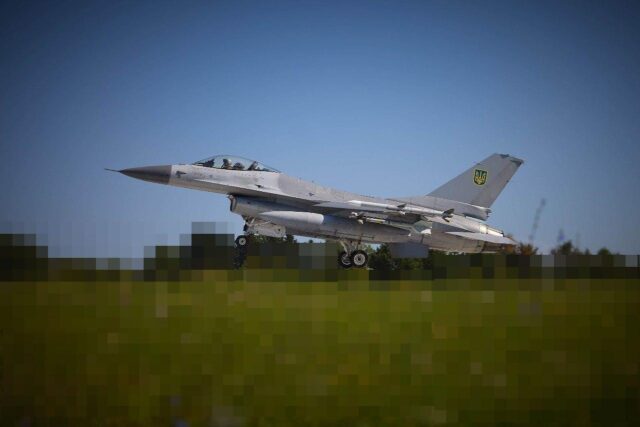Middle East’s aerospace evolution is now firmly underway
Alan Peaford looks at the way the Middle East is becoming increasingly important to the global aerospace industry.
I am old enough to remember the time when Dubai…
Alan Peaford looks at the way the Middle East is becoming increasingly important to the global aerospace industry.
I am old enough to remember the time when Dubai Airport celebrated the introduction of a mile-long asphalt runway to replace the compacted sand strip that dealt quite adequately with the occasional aircraft that would opt to land there instead of nearby Sharjah, which had captured the air traffic thanks to the regular weekly mail flight from India.
I remember too in the mid 1980s, the mild amusement when a member of Dubai’s ruling Al-Maktoum family, disappointed with the lack of support from airlines to use Dubai Airport came up with the idea of wet leasing a couple of aircraft from Pakistan and starting their own airline.
Of course, fast forward to 2017, and that small backwater airport is now the world’s busiest international airport and the amusing little airline is Emirates delivering connections around the world and constantly winning awards for passenger experience across global markets. Its successes are so great that US competitors are resorting to getting taxation laws changed to hold back its growth.
Investment and innovation
Dubai is not alone, Abu Dhabi, Qatar, and Saudi Arabia have all seen their airlines prosper, These along with Oman, Sharjah, Bahrain, Jordan and Egypt have all been investing in airlines and airports – and each investing in new equipment and ideas.
The world’s aircraft interiors manufacturers have found a ready market for innovative technologies and levels of comfort whether it be seats, cabin design or connectivity.
The airframers and engine OEMs have responded to demands by the region’s airlines – especially by the Gulf Big Three: Emirates, Etihad and Qatar Airways – to innovate and push the boundaries, and it is perhaps no surprise that new-generation aircraft from the A350 to the 737 Max or A320neo find launch or bulk customers in the region.
On the ground, it is the Middle East where advanced biometrics and digital technologies are being seen whether that be rapid transit through check-in and security at the airport or flying taxis.
But there has been one area where the Middle East has not made an impact on the global scene. Until now. That sector is manufacturing.
Middle East takes on manufacturing
Going back to the start of aviation’s rapid development, European and American businesses would traipse out to the Gulf on whistlestop tours to sell product or services. Later in the 1990s and early 2000s they would set up small representative offices. Today, that is changing.
The Gulf in particular has a growing number of skilled young people looking for careers in aerospace. Universities are focusing on developing courses and training systems to meet the growing need.
The airlines are building their own specialised training centres with jets for training aircraft, to bring through a new generation of home-grown pilots.
And most of all, manufacturing with the latest Aerospace 4.0 techniques is firmly in place. Abu Dhabi’s Strata is already manufacturing key composite aerostructures for both Airbus and Boeing. Now with 3D printing it is stepping into engine parts.
Manufacturers like Rolls-Royce and GE are investing in the region and with joint-ventures are making use of talent and opportunity to support the growing ambitions.
At the recent Dubai Airshow, a UAE company Calidus announced it was to begin manufacturing a light attack aircraft in Abu Dhabi; While Dubai South, the world’s first Aeropolis announced more deals for the development of MRO facilities, aircraft completions and manufacturing and FBOs to support the growing business aviation market that wants to operate at what will be, the world’s biggest airport.
Elsewhere deals are being done between different businesses and countries as manufacturing develops. Saudi-based Offset company Alsalam, developed with Boeing as a military MRO business, is now very much diversified into manufacturing and completions, and is striking up deals with airlines and air forces from other Arab countries.
A thriving sector
Aviation and aerospace is thriving despite lower oil prices. Even with regional uncertainties aviation continues to grow.
The Arab air transport market grew by 9.9% in the past year according to the Arab AirCarriers Organization (AACO) at its 2017 AGM this week.
The Middle East market is growing and is ambitious. There is no more ‘mild amusement’ when plans are announced or ideas shared. With its recent track record, this is a region to be taken very seriously indeed.
















